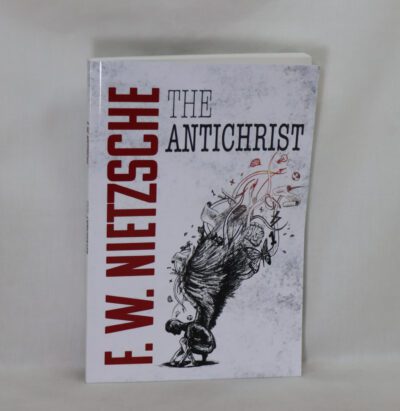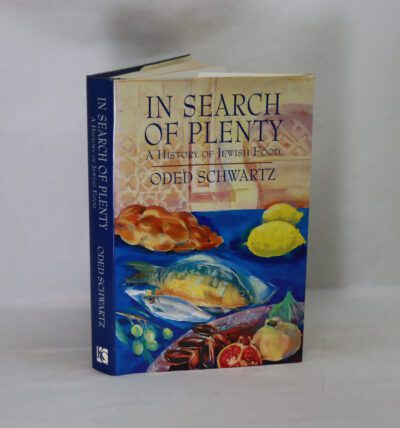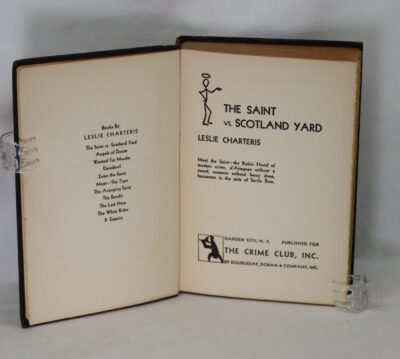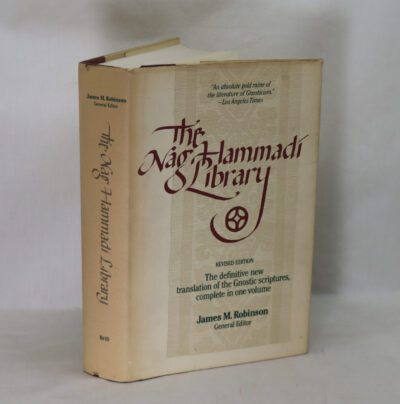The Rose-Garden Game.
By Eithne Wilkins
Printed: 1969
Publisher: Victor Gollancz. London
Edition: First edition
| Dimensions | 16 × 24 × 2 cm |
|---|---|
| Language |
Language: English
Size (cminches): 16 x 24 x 2
Condition: Very good (See explanation of ratings)
FREE shipping
Your items
Item information
Description
In the original dust cover. Maroon cloth binding with gilt title on the spine.
We provide an in-depth photographic presentation of this item to stimulate your feeling and touch. More traditional book descriptions are immediately available
- Note: This book carries a £5.00 discount to those that subscribe to the F.B.A. mailing list
Condition: Very Good. London: Victor Gollancz LTD, 1969. 1st edition. Sm 4to hardcover. Red cloth with gilt titling. 239 pgs. Illustrations. Very Good book and Good dust jacket (Catholicism, Rosary, Art) Inquire if you need further information.
Eithne Wilkin’s 1969 book ‘The Rose Garden Game’ is a beautiful and very pleasing historical and symbolic study of the use of rosary beads primarily in the Catholic tradition of Western Christendom in mediaeval Europe (but including reference to the japa-mala of Hindu and Buddhist yoga and tasbih-beads of Islamic Sufism) – Wilkins’ writing style is accessible, informal and enjoyable whilst remaining very informed, and throughout there runs a strain of poetic, aesthetic and mystical sensibility which enlivens her examination of the Rosary’s development and the various facets of the symbolism of prayer-beads in Europe: there are plates and illustrations from the Middle Ages which show the strings and rosaries of prayer beads, both simple wooden ones and the more opulent jewelled rosaries of the nobility which were a sometimes ostentatious accessory of the mediaeval lady, verging occasionally on frivolity (one recalls the amusing description of the Wife of Bath in Chaucer, whose rosary was adorned with the letter A for ‘Amor’). Eithne Wilkins does a very good job in highlighting the profound Marian symbolism and mysticism which underlies the use of the Rosary in Catholic prayer and her writing on these subjects is alive with a spiritual sensitivity to the great stream of the mediaeval mystics, nor does she neglect the emblematic resonances of Christian Hermetism in this respect. One takes pleasure in the pictures of such beautiful works of sacred art, revealing the glories of International Gothic, such as the rosary altarpiece attributed to the Master of St Severin in Cologne and various other works of sacred art. Wilkins comments upon the almost child-like, ludistic and folkish quality of chanting upon beads and her book brings together various strands which combine to deepen one’s appreciation of the history and usage of European prayer-beads. I was struck by the way she likened the chakras in yogic doctrine, situated along the sushumna-nadi, with the rosary beads threaded along a prayer-string, bringing to mind Rene Guenon’s writings upon the symbolism of the sutratma, and reminding me of a rosary which I picked up in the ‘gothic quarter’ of Barcelona which has petalled rose-flower beads wrought in silver. A fruitful and eloquent study of the Rosary in Europe, skilfully interweaving art-history, folklore, religious devotion and high mysticism, which has not been bettered.
Condition notes
Want to know more about this item?

Related products
Share this Page with a friend














